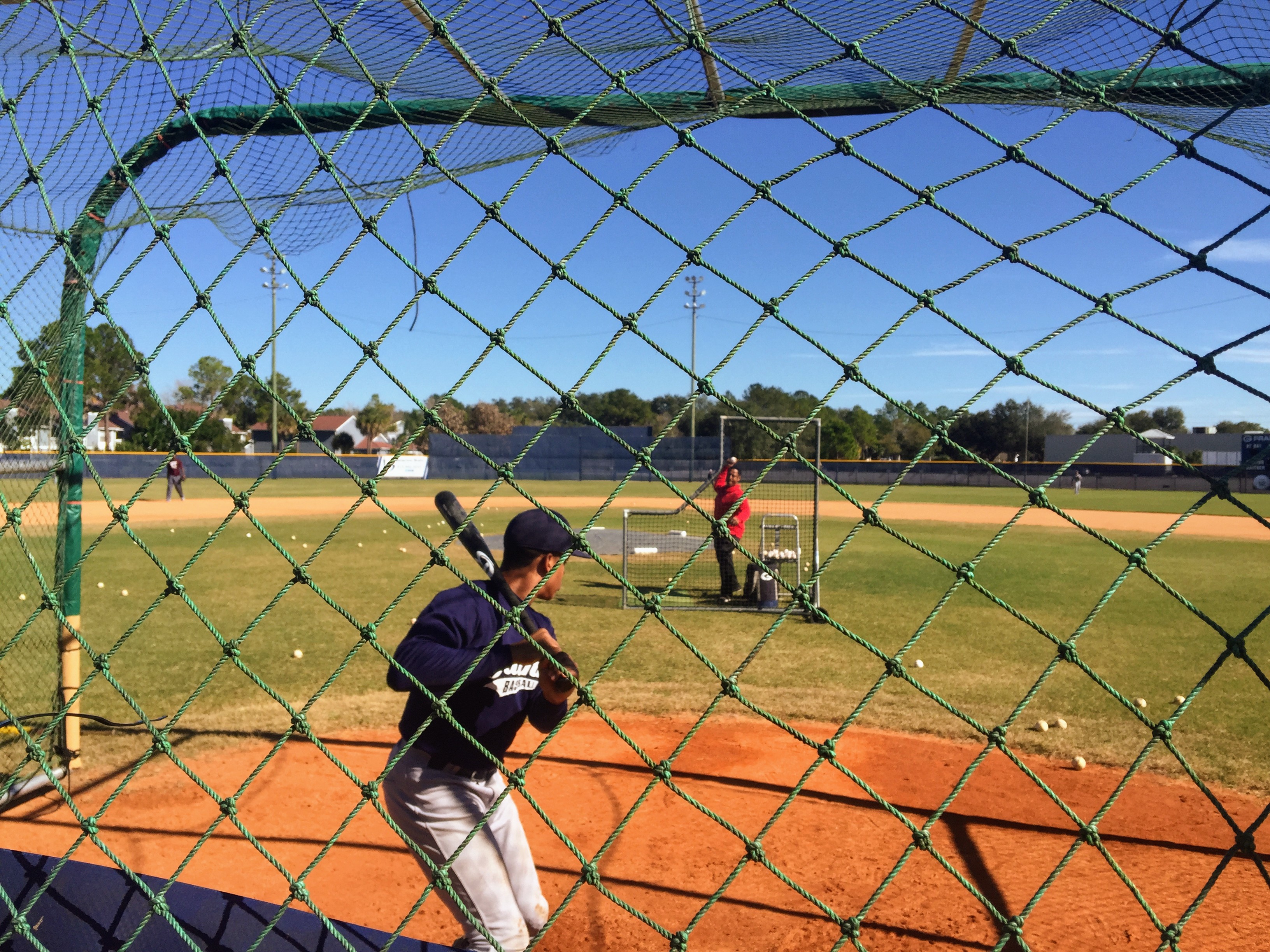


Multimedia instruction began with the publication of Comenius’ Orbis Pictus (The World. The rationale for multimedia instruction is that people can learn more deeply from words and pictures than from words alone. As we develop our second-generation quantum computers, we will build on the proven architecture and successes demonstrated on Phoenix to scale up to systems with fidelities and qubit numbers high enough to solve problems that cannot be solved with classical computers.Multimedia instruction consists of instructional messages that contain words (such as printed or spoken text) and pictures (such as illustrations, diagrams, photos, animation, or video). This paper describing Phoenix demonstrates several key technological innovations necessary for the construction of a large-scale, commercial quantum computer: long coherence times, the ability to drive arbitrary single qubit operations across large portions of the array in parallel, and the ability to trap 100+ qubits (and far beyond in the future). Because these perturbations are common-mode, they do not impact the system’s overall coherence - a feature which fundamentally enables our world-record coherence times. This means that perturbations, such as those induced by externally applied trapping light, will affect both qubit states in the same way. The second key advantage of nuclear spin qubits is that because the qubit states have such similar energies, they are nearly identically affected by external fields. That our measured population can be fit with a horizontal line with no apparent downward drift indicates that our spin relaxation time is far longer than our longest measurement time. A short T1 would manifest as a line which starts near 1 and drifts downward. The spin relaxation time (known as “T1”) describes how long it takes for a qubit initially prepared in one qubit state to decay to another. We demonstrate this on Phoenix by making spin relaxation measurements out to several seconds and confirming that the relative populations in each state remain unchanged to the limits of measurement precision. First, because both qubit states exist in the electronic ground state, the time it takes for one state to spontaneously decay to the other (AKA the spin-relaxation time “T1”) is effectively infinite. This kind of qubit encoding has two key advantages. the qubit states |0> and |1>, in two of the nuclear spin states of a single, uncharged strontium atom. Our system encodes quantum information, i.e. Readout is performed by collecting scattered light through the same microscope objective onto a camera. Qubits are trapped within a vacuum cell and controlled using software-configurable dynamic lasers projected through a high-numerical aperture microscope objective.

Our software-configurable optical control scheme allows Phoenix to simultaneously drive arbitrary single-qubit gate operations on all qubits within a single column or row in parallel, while at the same time maintaining coherence times longer than any yet demonstrated on a commercial platform, with a measured T 2 echo = 40 +/- 7 seconds. We manage these competing requirements by using a clever choice of neutral atom-based qubit, and by performing single-qubit control using software-configurable dynamic lasers which can be steered and actuated with sub-micron spatial accuracy and sub-microsecond timing precision. Ramsey-echo measurements performed on an array of 21 qubits exhibit high contrast across tens of seconds, indicating a dephasing rate of T 2 echo = 40 +/- 7 seconds - the longest coherence time ever demonstrated on a commercial platform.Īchieving long coherence times requires that a qubit interact minimally with its environment, but this requirement often comes with a drawback: it is usually the case that the more weakly a qubit interacts with its environment, the more difficult it is to couple that qubit to whatever control fields are being used to drive interactions required to perform quantum computation. On Phoenix, we set a new high water mark for coherence time. It’s important because longer coherence times mean fewer limitations on running deep circuits, and error-correction schemes have more time to detect and correct errors through mid-circuit measurements. Coherence is a term used to describe how long a qubit maintains its quantum state or encoded information. The most notable achievement we describe in this paper is the long coherence times of each of our qubits. In our paper recently published in Nature Communications, we show results from our first-generation quantum computing system called Phoenix, which successfully navigates these competing requirements while demonstrating the capability to load more than 100 qubits. When building a quantum computer, the need to isolate qubits from environmental effects must be balanced against the need to engineer site-specific, controllable interactions with external fields.


 0 kommentar(er)
0 kommentar(er)
